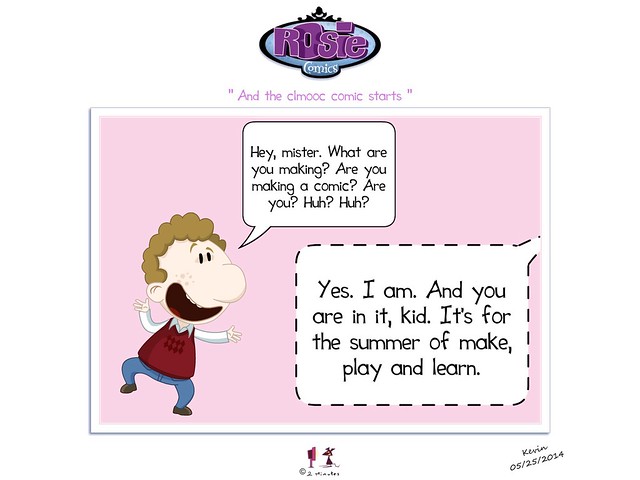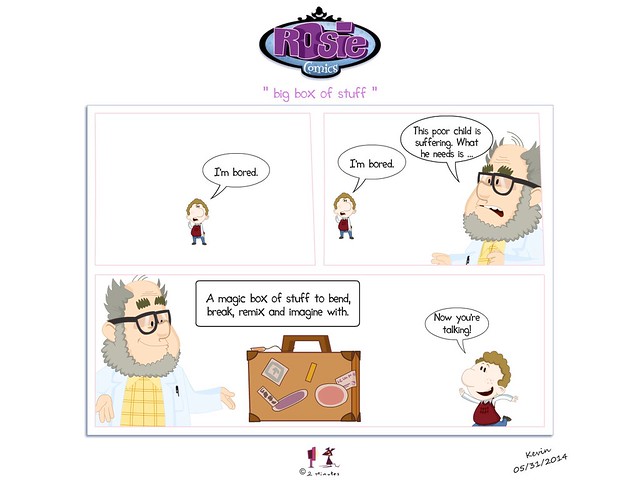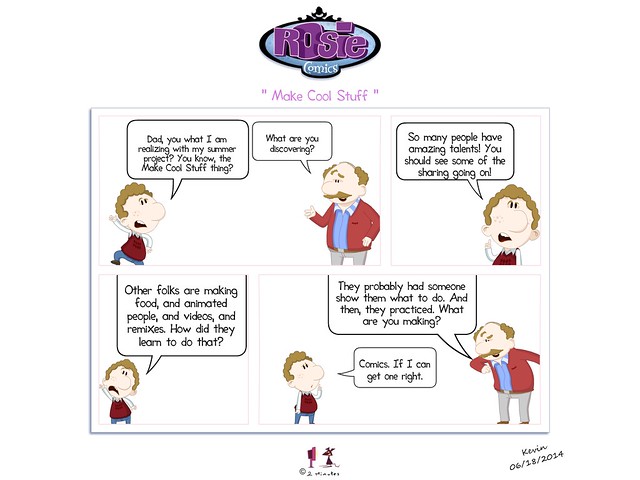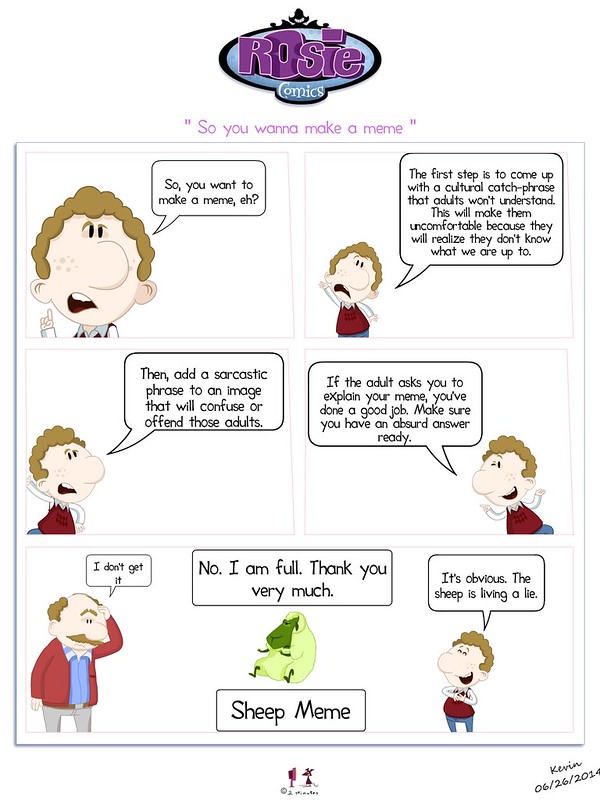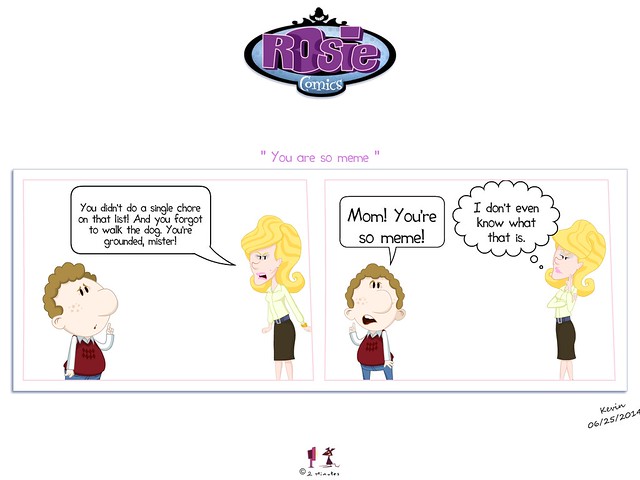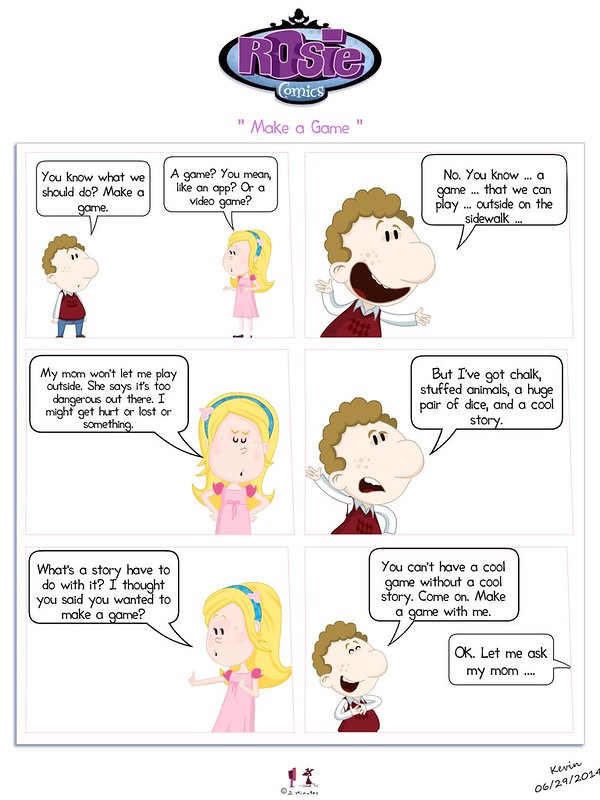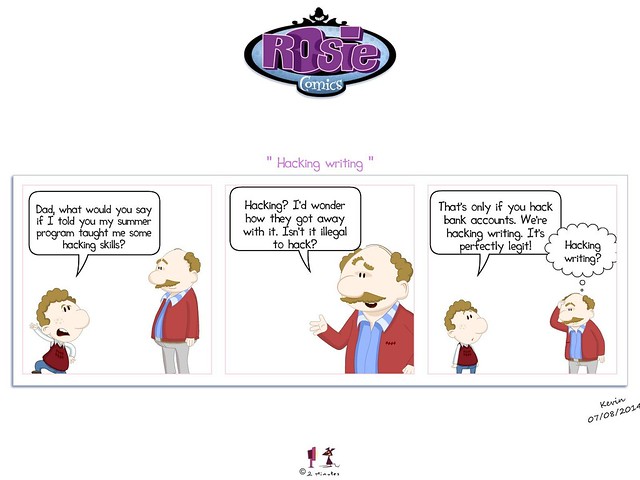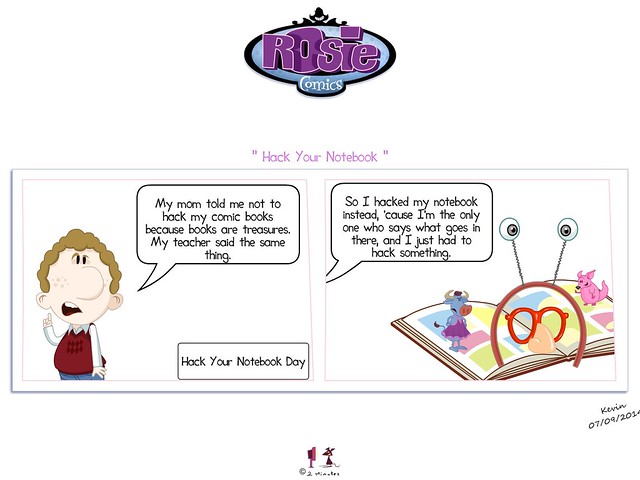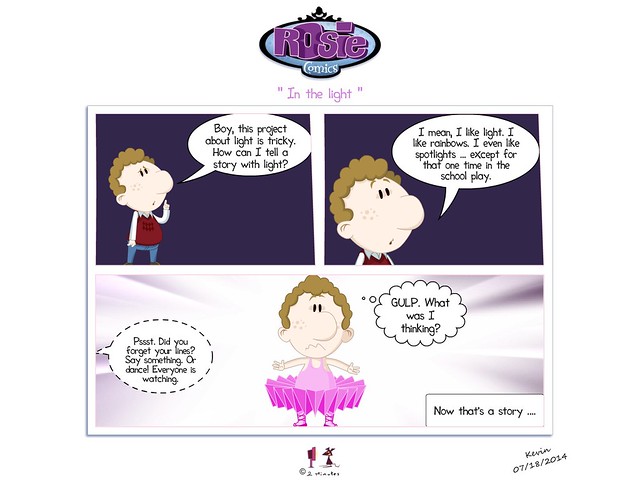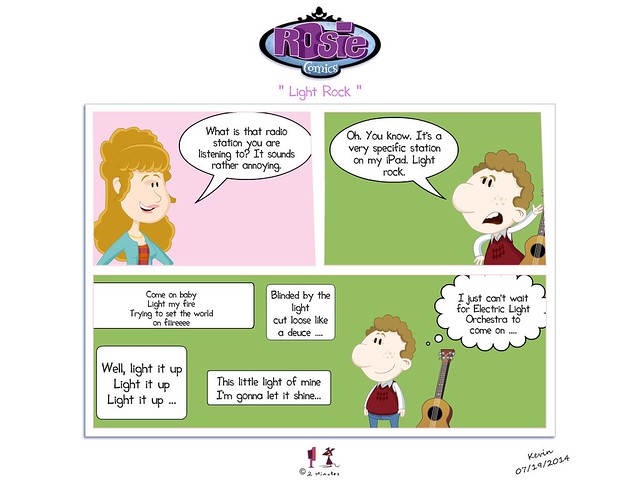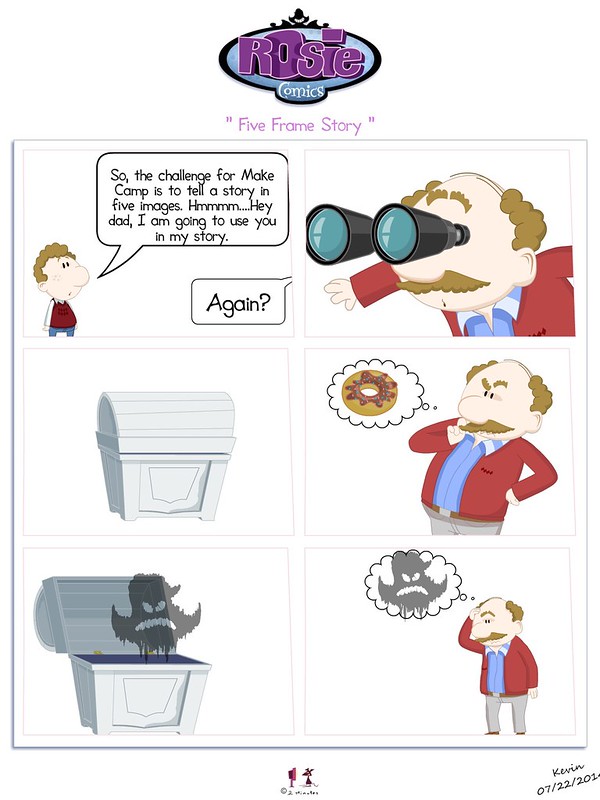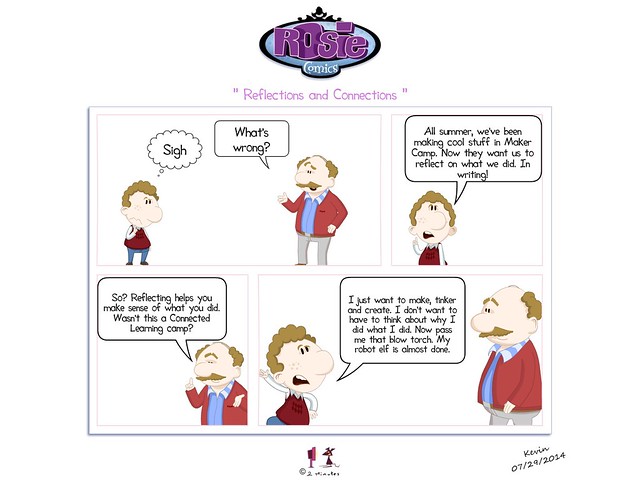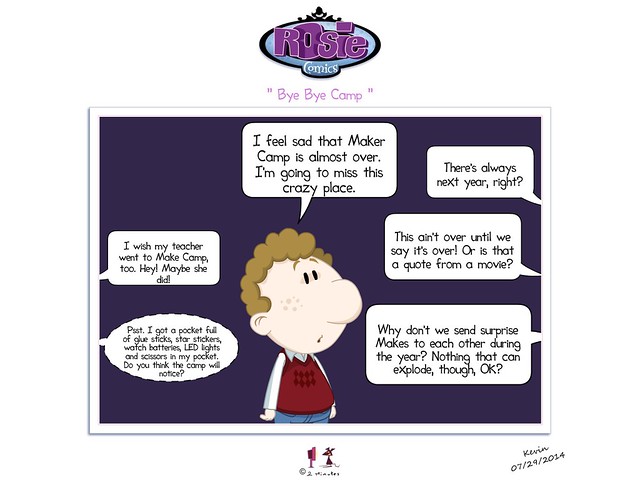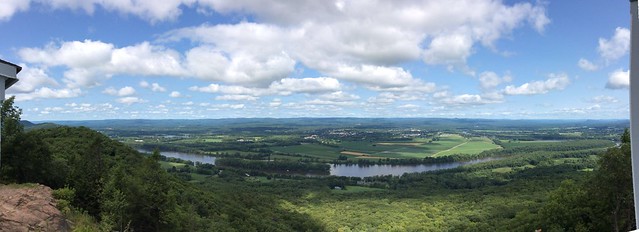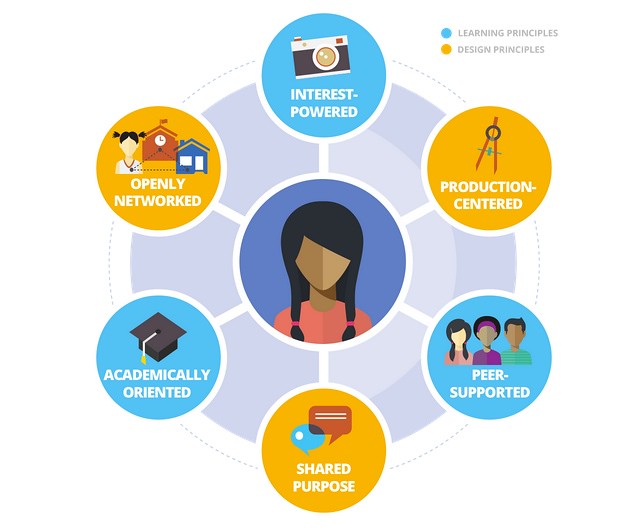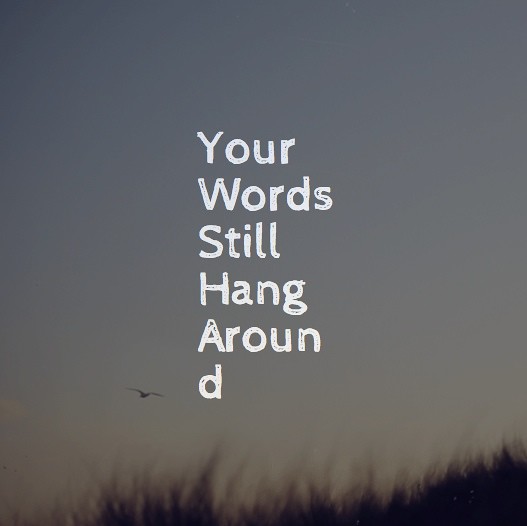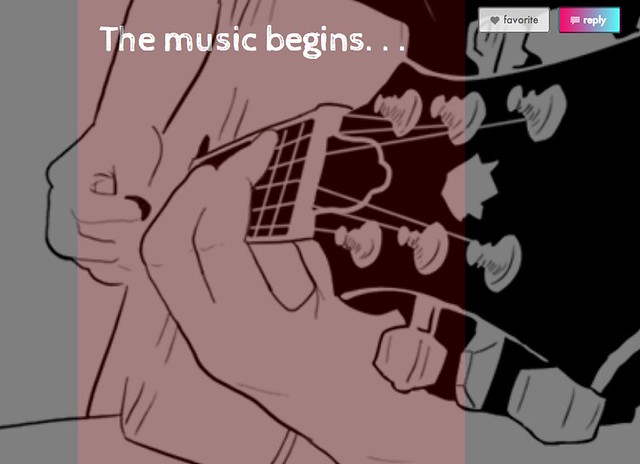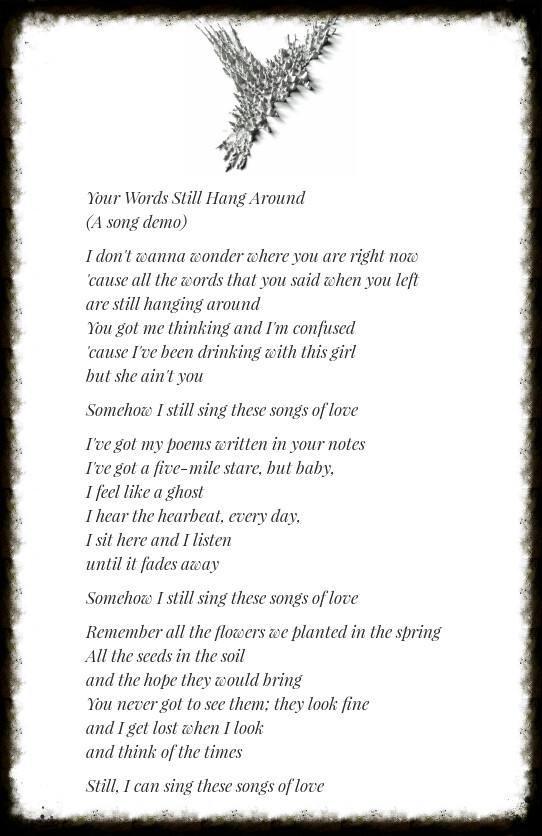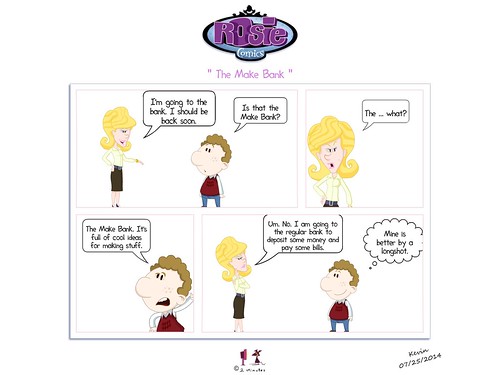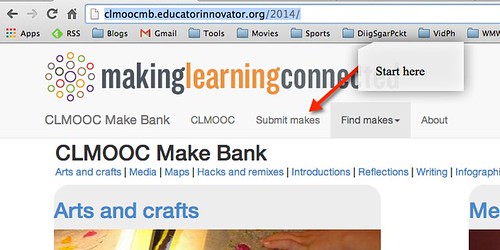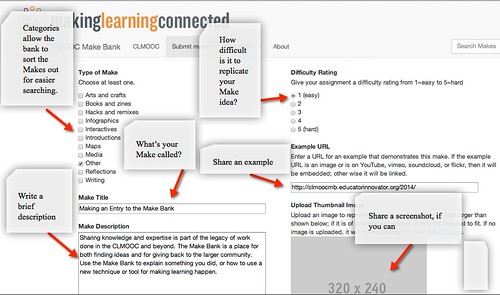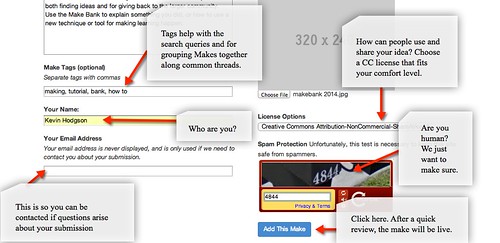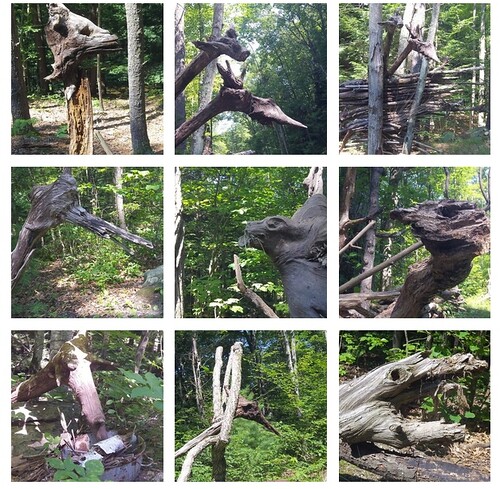
This week, at the Making Learning Connected MOOC, we explored image. If you think about it, mobile devices have changed the way we think and talk about images (which Instagram recognized and exploited early on as a business model). It’s never been easier to document our lives with our devices, and while that can be a good thing (more images to choose from and more possibilities for capturing special moments), it also leads to a glut of visual imagery in our lives.
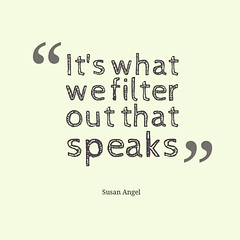
How do we make sense of it all? This thread of conversation, sparked by Terry, stayed in my mind all week, as he first shared out this powerful piece on Tapestry. Terry wondered how to get us all to slow down and go deeper than the quick retweet or “plus one” designation, to find a way to catch our breath and understand a piece of media before complimenting it or rejecting it. Be within the world. Don’t just skim it.
This piece really brings to the surface the need to be in charge of our world, and not be led by the media-infused culture that we find ourselves in (and, to be frank, which I often enjoy being part of) drive us. We need to drive it. We have to have a handle on the media because that’s what keeps us sane and human and in charge of our own agency. Or so we hope. It’s not easy, and if it is a struggle for us, as adults with a lifetime of experience, imagine our children and our students struggling with this idea of media flow.

I thought an intriguing arc of discussion this week in the CLMOOC involved the processes that some of us use to create stories with images. Does the picture come first, evoking the story? Or does the story come first, and the image supports the idea? There’s no wrong answer here. We all approach storytelling from different angles, for sure, and the given moment can change everything. This is the beauty of being open for stories: they can come unexpectedly from any angle. We just need to be ready and alert.

That said, I struggled a bit with how to use only images to tell a story, particularly if there was no text. One other thread of discussion was “context” and how the reader/viewer must work, hard sometimes, to seek the context for five images that may or may not obviously have a narrative thread. This is not a bad thing. It harkens to the idea of going deep. But it can lead to loss of story, too, if the context is never found. This, too, is composing at its most elemental level.
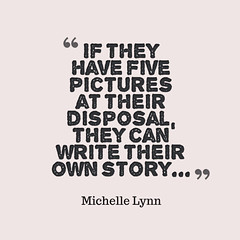
As the composer of a few image stories, I found myself thinking about those threads on another level altogether from when I am a writer of words. Limited to soundless images, there’s so much inference one must consider and work into the story, so many gaps inside the story itself that can’t be too wide or too short, that we need to be careful in how we convey meaning. It is an art in and of itself.
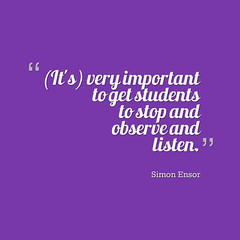
Helping our young people make these steps towards observations, visual literacy, storytelling, deeper reading and finding balance in the flow of information has to be our own narrative thread throughout our year, even as content-area curriculum drives our instruction.
I transitioned mid-week from five image story to six image memoir, in hopes that I might find a way to make the visual storytelling more personal. I first used Adobe Voice, making a story with infographic representing personality characteristics, but found that too obvious. I then moved into PowToon to create a visual representation of a Six Word Memoir that I use often: Music is always on my mind.
Peace (in the bits and bytes),
Kevin
PS — the quotes were all drawn from our Google Plus conversations this week, and I used a free site called Quotes Cover to give the words some imagery and artistic feel. Thanks to all of the writers who shared their words with me.
